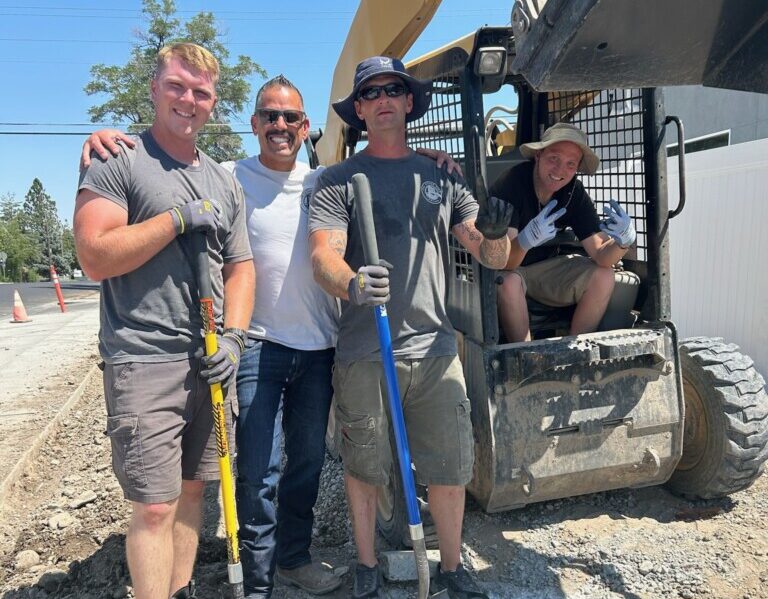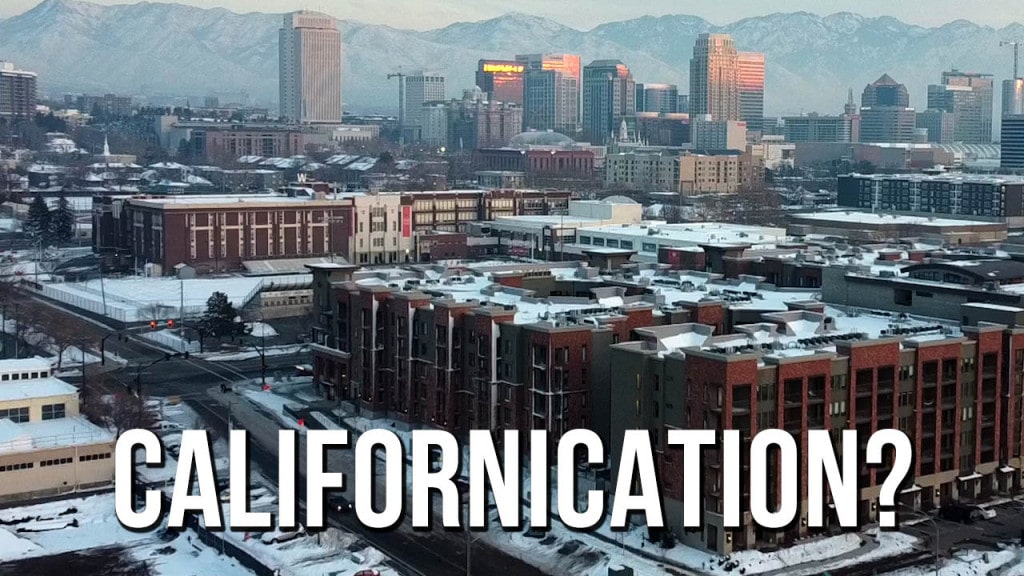
California has been known for decades as the leader of the Western United States both in terms of the booming tech economy and the widening class division between the rich and the poor. Tech companies have the rare distinction of being both an enormous benefit for producing high-paying jobs for engineers, programmers, and support staff–oftentimes minting thousands of millionaires due to generous stock options. But there is a downside to big-tech that receives little media attention, with enormous profits and a burgeoning population of very well-paid staff there is upward pressure on housing costs, resulting in housing shortages that price thousands of non-tech workers out of the economy.
Today, very few people who do not work in tech can afford to live in San Jose and San Francisco. But the problem has now spread all throughout California causing the middle class to get squeezed out of nearly every metropolitan area including Los Angeles and Oakland. Today, thousands of individuals have resorted to living in vehicles and many more thousands are living in shanties and tents. California’s homeless population reached 171,000 individuals.
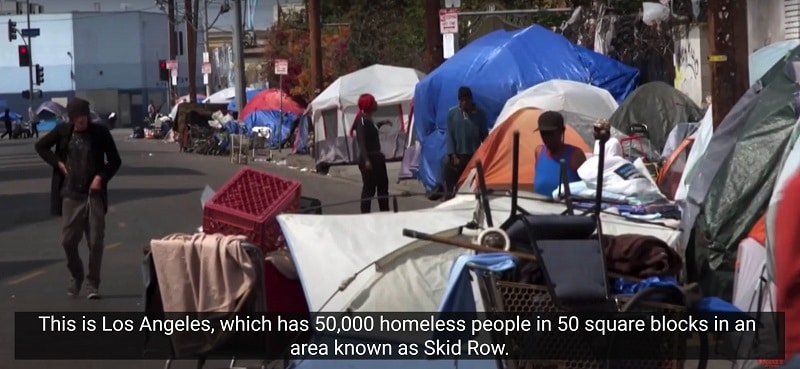
The cities of San Francisco, Los Angeles, and Oakland have essentially surrendered vast areas to the homeless to build encampments. This is because they have given up on any viable solutions to provide affordable housing, and the NIMBY (Not In My Backyard) movement is preventing any large-scale affordable-housing efforts from passing strict zoning restrictions maintained by the rich and elite, but California is not alone.
Denver, Portland, Seattle, Las Vegas, Phoenix, and now Salt Lake City are all suffering similar afflictions: there aren’t enough shelters to accommodate the homeless population and there aren’t enough affordable housing projects to offset the demand to supply differential.
Downtown Salt Lake City in 2016 was facing mounting pressure to do something drastic about the growing homeless problems the city was suffering. Just nine months after declaring a “victory over homelessness” Salt Lake was flooded with homeless individuals. This was due mostly to the effects of the heroin-Oxycodone epidemic which was resulting in hundreds of additional people living on the streets as addicts.
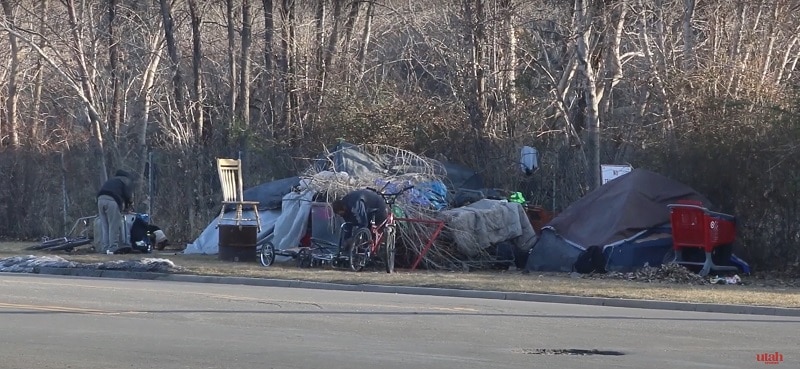
Homeless encampment Salt Lake City
Efforts to reduce the blight and still encourage the overall urban revival of downtown Salt Lake City resulted in demolishing the central homeless shelter known as the Road Home. This central shelter offered 1,100 beds and was nearby many other secondary homeless service organizations. The solution to spread out the homeless populations was to construct three smaller homeless resource centers each with around 200 beds. Officials claimed this model to be far superior because no longer would they be “warehousing the homeless.” or essentially providing a field-house-style shelter without the services to assist them with addiction recovery and jobs programs. The new shelters would “fast track” the homeless into jobs and addiction recovery programs, or so city and state leaders claimed.
That was the theory, but the reality is that the three shelters are woefully inadequate in providing enough space for the quickly growing temporary homeless population as well as the growing chronic homeless population which has increased by 250% since 2016. How is the new homeless resource center model working?
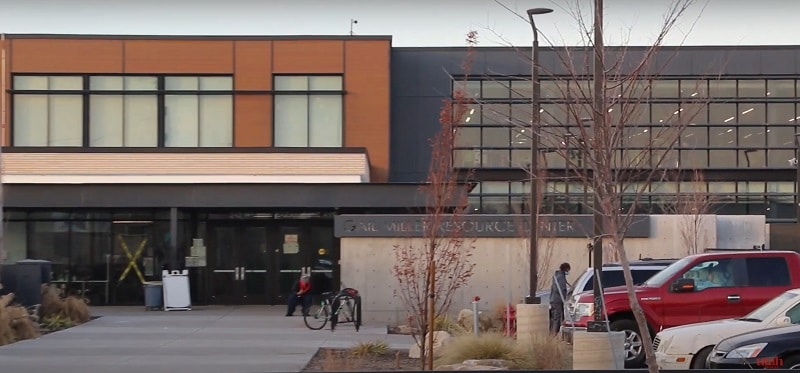
We spoke to homeless individuals who are choosing to sleep outside this winter. One woman who is camping outside of the Gerald E. King Homeless Resource Center in downtown Salt Lake City said, “Why would I voluntarily put myself into prison?” “They make you feel like a prisoner there, I don’t want to feel like I’m in jail so I sleep outside.” It’s unclear if she feels this way because it is accurate or if she cannot use or take illegal drugs into the shelter.
WATCH THE INTERVIEWS:
About a dozen people are camping around the Gerald E. King Center. Several months ago the encampments around the shelter were getting out of control so the city installed large rocks in the former mediums so that laying out tents and cots would be much more difficult. In the past year the Salt Lake City Police Department has been continuously engaged in attempting to dismantle homeless encampments in the city.
We found several men sitting with blankets in faux leather reclining chairs, also out in front of Gerald E. King. One man lucidly told me, “They are supposed to open the Ramada out by the airport very soon and the Weigand Center is providing additional beds…But this center is currently at capacity. “So why are you out here?” “Because we can go in and get meals and take showers.”
On 200 South Rio Grande Street where the former Road Home once resided, day-campers are waiting for their dinner from Saint Vincent de Paul Dining Hall. The empty lot which once housed so many homeless people has been sold to a developer. But because so many homeless services still exist near the former Road Home shelter the homeless presence is still prevalent in the area.
I’m told by one temporary homeless man waiting in line for his dinner, who previously worked for the shelter that nobody here is actually interested in finding work. He said that anybody who is willing to work hard can easily find jobs and decent pay, but most of the people out here have no interest in getting off the streets by working. He says they just want the free handouts, and most want to use drugs all day. Still, Pioneer Park now is free of blatant drug trafficking and more high-end housing is rising all around the area. But it’s not difficult to find where the drug trafficking has moved.
West over the viaduct down North Temple near the Rancho Market and around the Salt Lake City Fairgrounds, there is a crowd of people gathered. Another is gathered on 10th West and North Temple. In these two places, there is a continuous stream of traffic pulling up to a corner where money is exchanged for bags. There are around a dozen people on the corner who appear to have varying degrees of involvement in the illicit trade. It seems that the police are allowing this commerce to remain unchecked, as I’m told that the jails are full, and drugs have been essentially decriminalized.
WATCH THE VIDEO:


